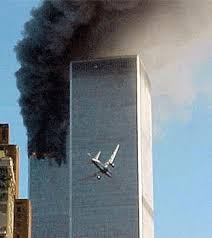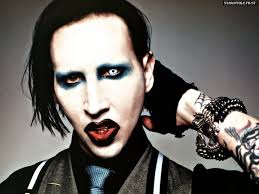The purpose of the documentary is to document, that is to report with evidence, with something that has actually happened. It can show this by using actual footage or reconstruction. It can use a narrators voice over to anchor the meaning or rely on the participants themselves with perhaps the occasional interjection by the narrator.
John Grierson- General post office film unit in 1962
He invented the term documentary and he said that 'The creative treatment of actuality'(reality)
Features of documentaries
John Corner of University of Liverpool
There are five central elements of the documentary
1. Observation - The programme makes pretend that the camera is unseen or ignored by the people taking part in the events. It is like being an eye witness as the events unfold.
2. Interview - Most important aspect and they rely heavily on this. They give opinions and information.
3.Dramatisation - All the documentaries use a sense of drama through the observing element. They also use dramatic reconstruction or used in the observation.
4. Mise-en-scene - Documentary makes carefully constructed shots.
5. Exposition - The line of the argument in a documentary. What the documentary is 'saying'
Types of documentaries
Fully narrated- A voiceover is used to convey the exposition. It is used to make sense of the visuals and dominates their meaning. For example, natural history documentaries.
Fly on the wall- This draws on the French film movement of cinema verite. The camera is unseen or ignored and simply records real events as they unfold.
Mixed documentary- A combination of interview observation and actually, achieve material and narration to audience the argument/narrative. The narrator is often on screen.
Self reflexive - When the subject of the documentary acknowledges the presence of the camera and often speaks directly to the programme maker.
Docudrama- A re-enactment of events as they are supposed to actually happened.
Docusoaps- A combination of a documentary and soap opera. It involves a group of central protagonists.
Structure
Narrative structure open- lose ends that are not tied up at the end
V's
Narrative structure closed - there's a definite conclusion to the narrative
Linear- Follows chronological order
Non-linear - Things are not in time order, use of flashback or flash-forward.
Circular - The beginning is the same as the end.
Interviews
An interview can be held anywhere but the setting does affect meaning. Normally begin the factual information and questions first to put the interviewee at ease, then the more taxing and emotional questions at the end.
Visuals
Television is a visual medium. The programme needs to stimulating to maintain the audiences interest. They have to entertain. Archive material street scene, open countryside, close up of face is the main part of the stock material used to suggest the intended meaning or emotional equalities of a particular theme. Interviews can be held anywhere but the setting does affect the meaning.
Construction of reality
The media are responsible for the majority of the observation and experience from which we build up our personal understandings of the world and how it works. Much of our view of reality is based on media messages that have been pre- constructed and have attitudes, interceptions and conclusions already built in. The media, to a great extent gives us our sense of reality.
Gate keeping - The selection and rejection of information/content for inclusion in the media text.
Editing process - Chop up the interview. Where gate keeping happens in a documentary.
Voice over- Can affect the meaning.
Vox pop
Vox populis - voice of the people
Technique consists of the street interviews of the general public asked the same question, the answers are then strung together in a fast sequence, they are good for suggesting a general agreement or the diversity of opinion.
You set a camera up in the street and ask passers by the same question.



























